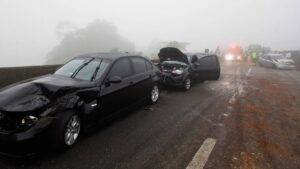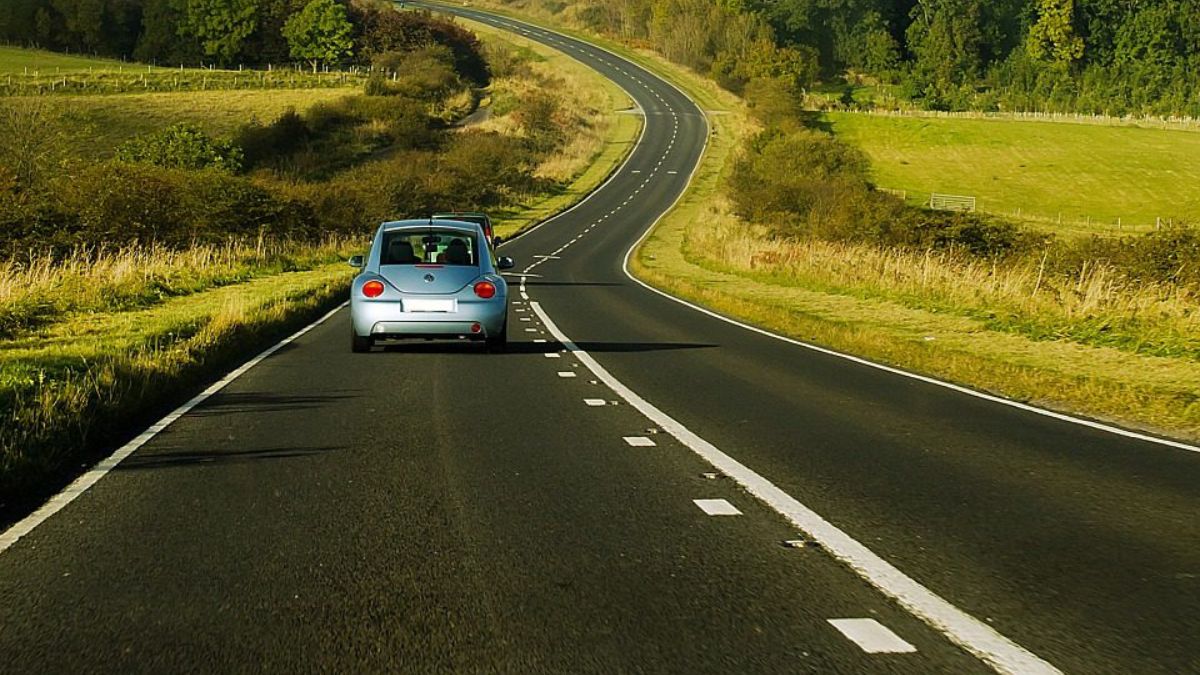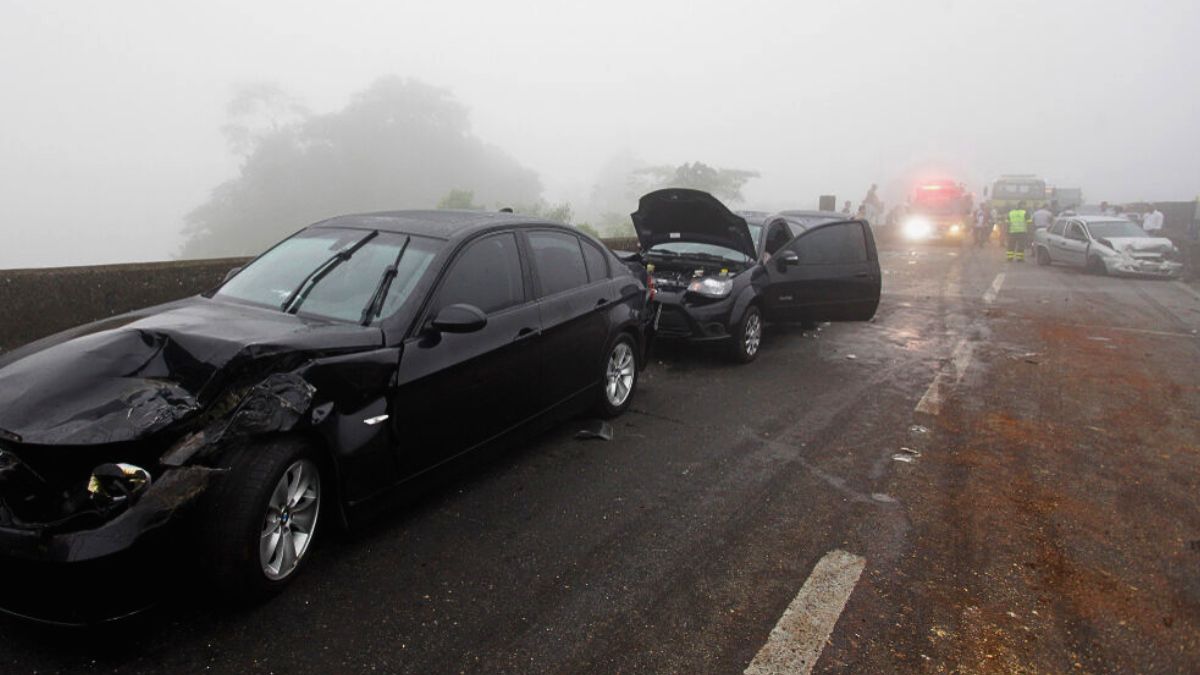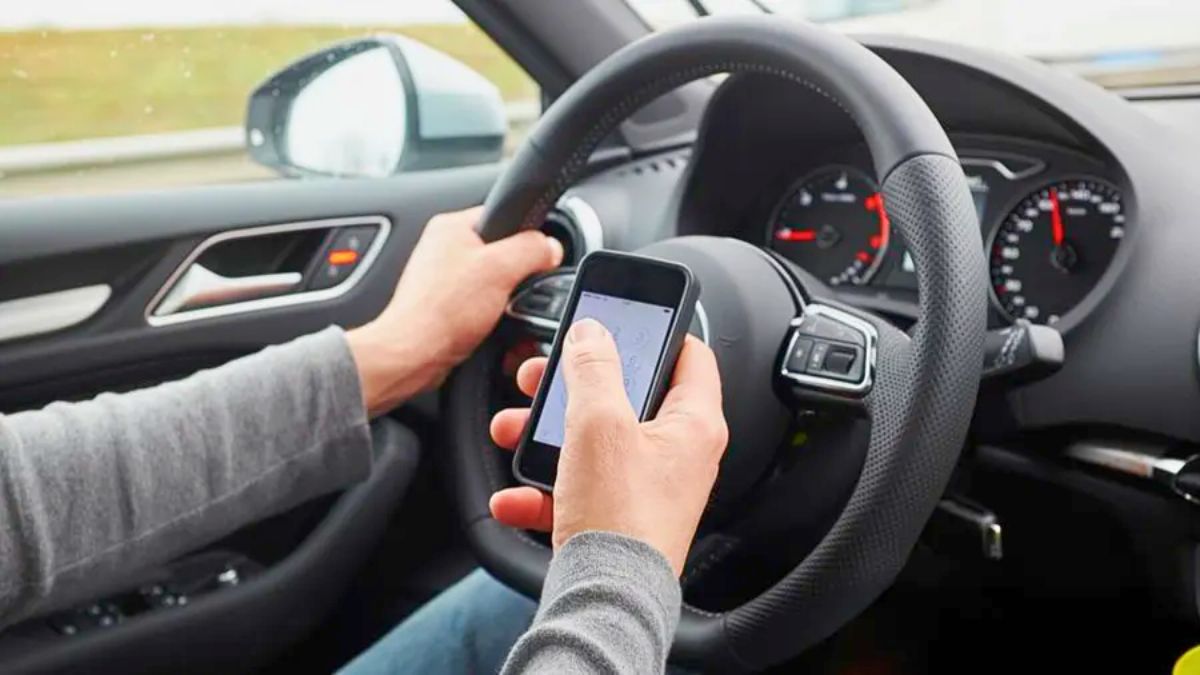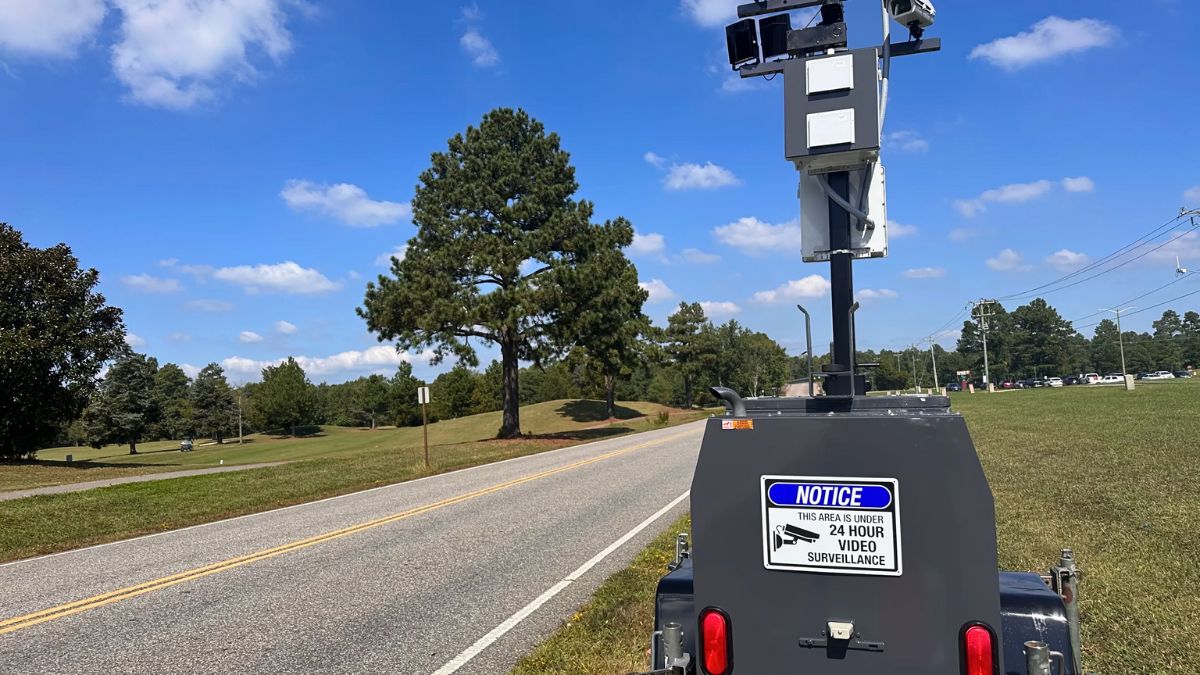Electric cars are zippy, quiet, and eco-friendly — but many drivers still wonder about one thing: what happens when it pours? Is it safe to drive an electric car in heavy rain? After all, electricity and water aren’t exactly best friends. If you’ve ever hesitated before pulling out of the driveway during a thunderstorm, you’re not alone. But here’s the good news: electric vehicles (EVs) are absolutely built to handle wet conditions — and here’s why.
Water Proofing
First things first, electric vehicles go through intense safety testing. Automakers know rain is part of daily life, so EVs are designed with waterproof batteries, sealed electric motors, and watertight connectors. These components are tightly enclosed to prevent any water from getting in, even when driving through puddles or in a downpour.
The battery pack, which is usually located at the bottom of the car, is protected with layers of shielding and sealed in a waterproof casing. It’s basically like a submarine for your power source.
Standards
EVs must meet strict international safety standards. For instance, many components follow the IP67 or IP68 rating, which means they can resist water even if submerged for short periods. So, driving through wet roads or heavy rainfall isn’t a problem.
Here’s a quick breakdown:
| Rating | Water Protection Description |
|---|---|
| IP67 | Protected against immersion up to 1 meter |
| IP68 | Protected against long-term water exposure |
That means even if water splashes up underneath the car or you hit a deep puddle, the electronics won’t short out.
Regeneration
Believe it or not, rain can even help in one small way. EVs have something called regenerative braking, where the car reuses energy when slowing down. Wet roads usually mean lighter braking, which gives regen systems a chance to shine. More control, less slippage — and more energy recaptured.
Of course, just like with gas cars, you should still drive cautiously in the rain. Wet conditions affect tire grip and visibility no matter what powers your ride.
Safety
Worried about getting electrocuted? You’re not alone. But here’s the truth: modern EVs have advanced safety systems that automatically shut off the battery in the event of a crash or electrical fault. There’s virtually zero chance of shock, even during the worst storms.
Plus, these systems are smart. They monitor moisture levels, power flow, and potential short circuits in real time. If anything looks off, the car takes action before you even notice.
Myths
Let’s bust a few myths:
- Myth: EVs can’t drive through puddles.
Truth: They absolutely can — within reasonable depths. - Myth: You can’t charge in the rain.
Truth: Charging stations and ports are weatherproof. - Myth: Rain increases the risk of fire.
Truth: There’s no increased fire risk in rain compared to dry conditions.
In short, electric vehicles are engineered to deal with water. From stormy highways to flooded intersections, they’re built to keep you going.
Driving an EV in heavy rain is no more dangerous than in a gas-powered car — maybe even safer, thanks to smarter systems and watertight designs. So go ahead and take that trip, rain or shine.
FAQs
Can I drive my EV in heavy rain?
Yes, EVs are waterproof and safe to drive in heavy rain.
Is the EV battery protected from water?
Absolutely. It’s sealed and waterproof against rain and splashes.
Will rain damage the electric motor?
No, EV motors are fully enclosed and protected from water.
Is it safe to charge an EV in the rain?
Yes, charging ports and stations are weatherproof and rain-safe.
Can driving an EV in rain cause electrocution?
No, EVs have safety systems that prevent any electric shock.



